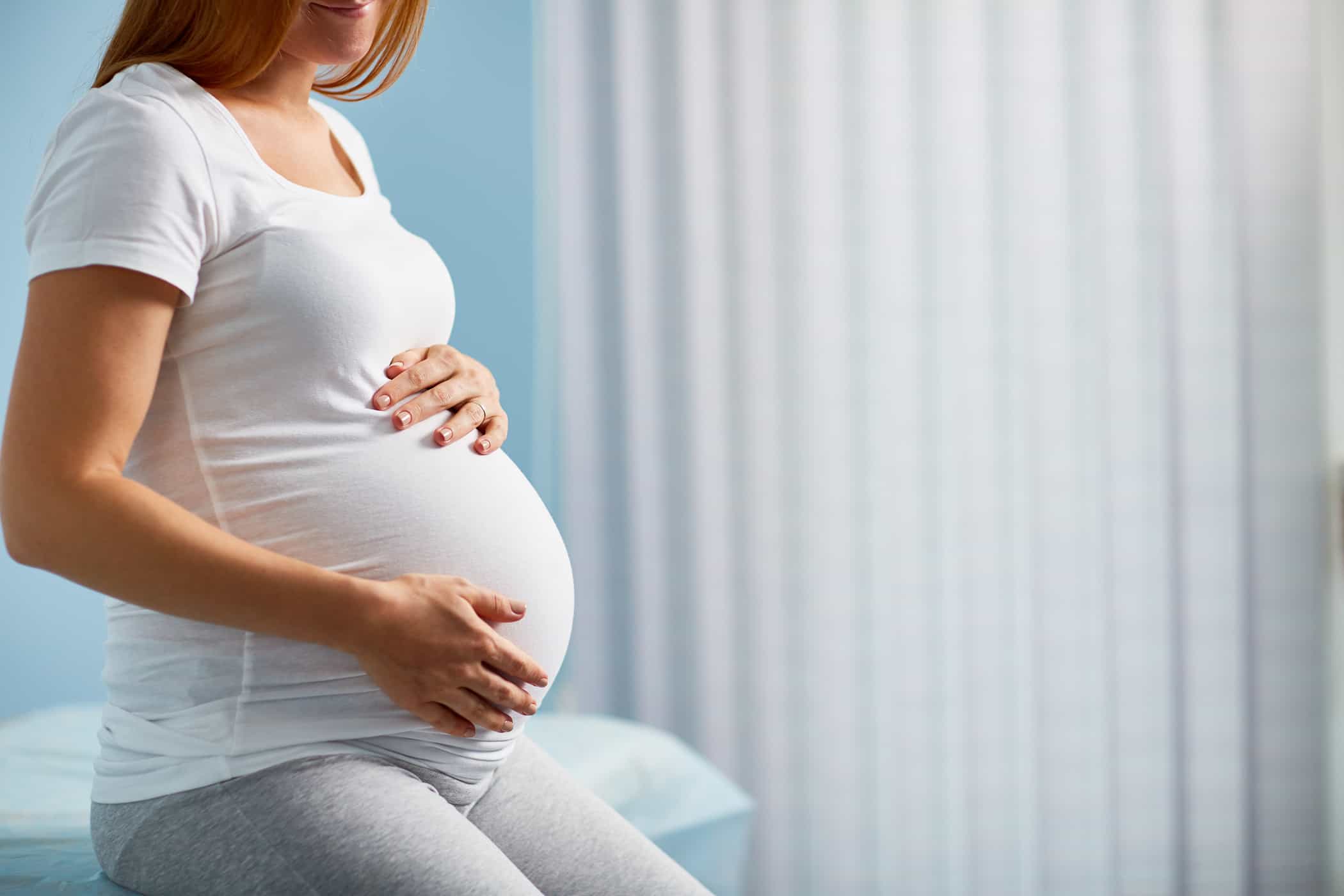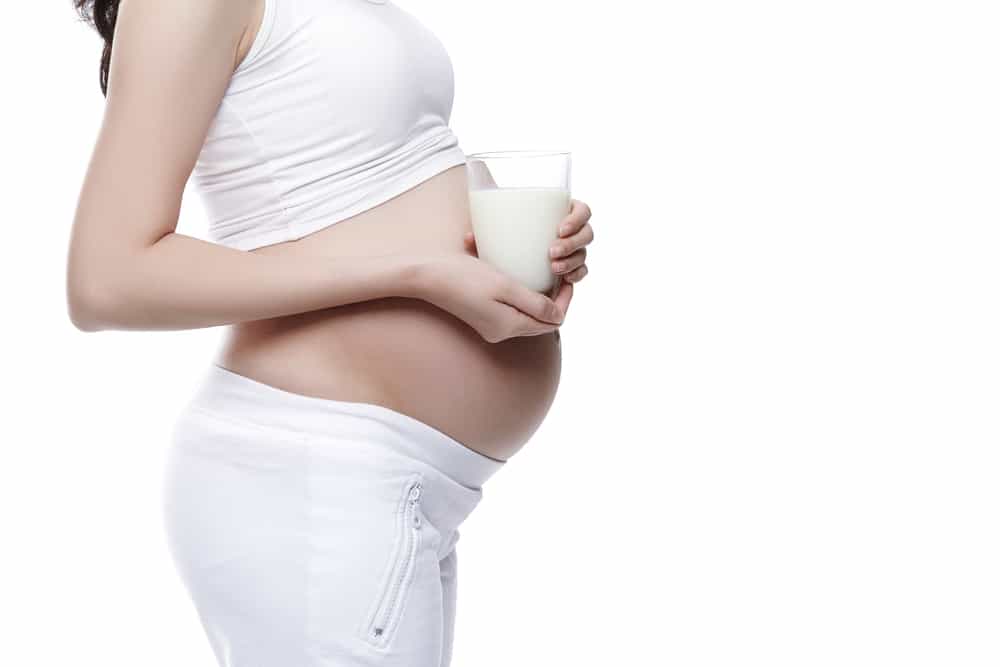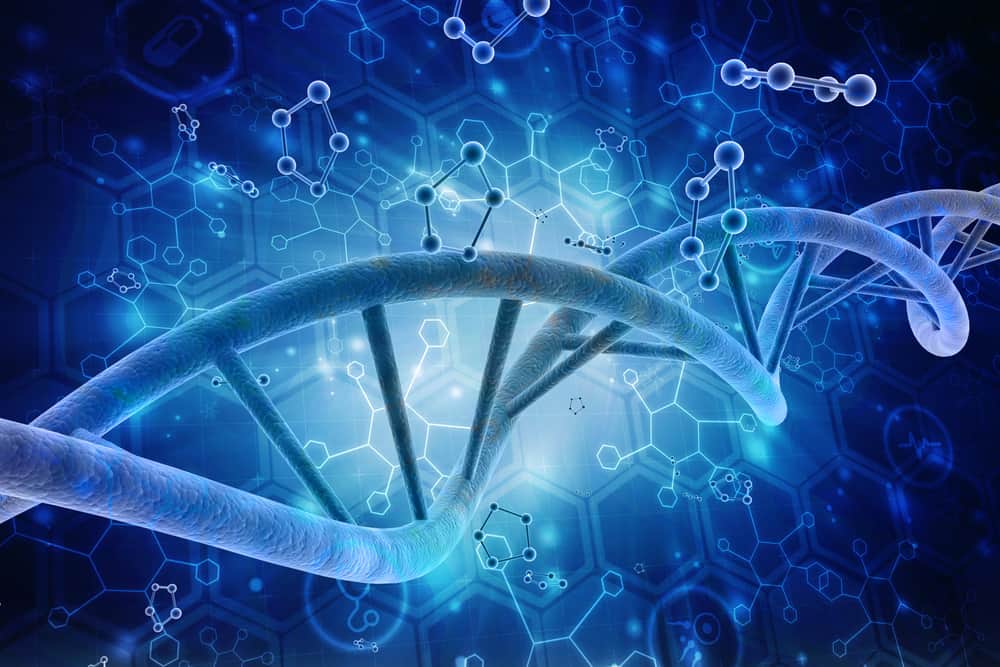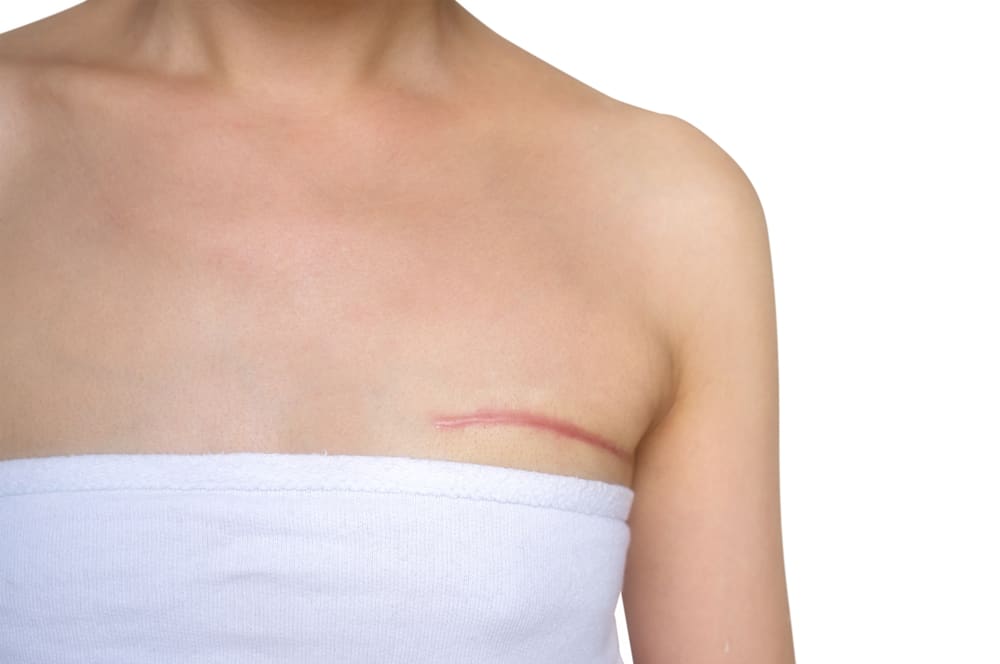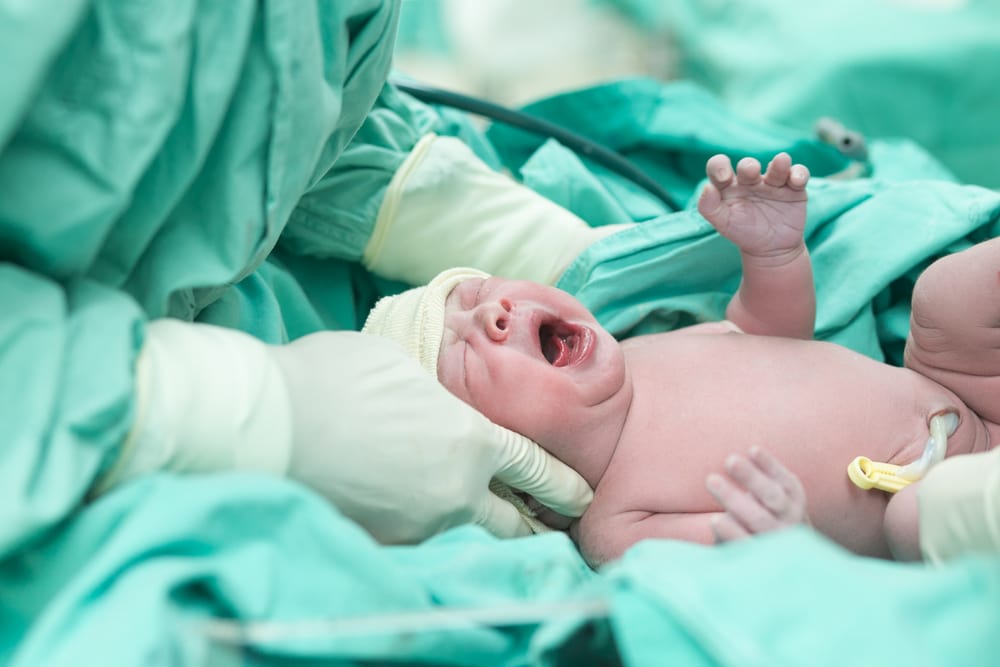Contents:
- Medical Video: Trisomy | Down's vs Edward's vs Patau's Syndrome
- What is trisomy 13 (Patau syndrome)?
- Signs and symptoms of trisomy 13 (Patau syndrome)
- The risk of a child to have trisomy 13 can increase if you are pregnant in old age
- How to diagnose trisomy 13?
Medical Video: Trisomy | Down's vs Edward's vs Patau's Syndrome
Some time ago, the country was made an uproar by news of the death of little baby Adam Fabumi at the age of only 7 months due to his illness. Adam Fabumi is known to have Trisomy 13 or known as Patau syndrome. The following is complete information about the rare disease.
What is trisomy 13 (Patau syndrome)?
Trisomy is a condition of chromosomal abnormalities, which causes a person to have three copies of chromosomes. In healthy and normal humans, copies of chromosomes should only have two. Trisomy is a genetic condition. That is, this disorder can only be obtained from the parent's inheritance.
The chromosome itself is marked with numbers. For example, Down syndrome is caused by cell division abnormalities on chromosome number 21 (Trisomi 21). Infants with Patau syndrome have abnormalities on the 13th chromosome. That's why Patau syndrome is also known as trisomy 13.
Patau's syndrome is a rare chromosomal disorder that affects approximately one in every 8,000-12,000 live births. This chromosomal disorder affects almost all organ systems in the body, which not only inhibits the baby's growth process but are also life threatening. Many babies born with trisomy 13 die within a few days or during the first week of their lives. Only five to 10 percent of children with this condition have managed to live past the first year.
Signs and symptoms of trisomy 13 (Patau syndrome)
Some signs and symptoms that can be seen in infants with trisomy 13 include:
- Small head with a flat forehead.
- The nose is wider and rounder.
- The position of the ear is lower and can not form normally.
- Eye defects can occur
- Clefts on the lips or palate
- Scalp crust that is hard to lose(cutis aplasia)
- Structural problems and brain function
- Congenital heart abnormalities
- Extra fingers and legs (polydactyly)
- The sac that attaches to the abdomen in the umbilical cord area (omphalocele), which contains several abdominal organs.
- Spina bifida.
- Uterine or testicular abnormalities.
The risk of a child to have trisomy 13 can increase if you are pregnant in old age
Just like the risk of birth defects and other abnormalities, the risk of a prospective baby to have Patau's syndrome can increase if the mother's age during pregnancy is over 30 years. a number of studies have even reported the risk of Patau syndrome is more susceptible to mothers who are pregnant at 32 years of age. Even so, the cause-effect relationship is not yet known.
The risk of subsequent children to have trisomy 13 also increases if the mother has given birth to a child with Patau syndrome from a previous pregnancy. However, the possibilities are small (only around 1 percent).
How to diagnose trisomy 13?
Doctors can diagnose trisomy 13 (Patau syndrome) through routine ultrasound during pregnancy. But the results of ultrasound screening are not guaranteed to be 100% accurate. Because, not all abnormalities can be detected clearly on ultrasound. Moreover, abnormalities caused by trisomy 13 can be misinterpreted as other disorders or diseases. In addition to passing ultrasound, chromosomal abnormalities can also be known before birth with amniocentesis and chorionic villus sampling (CVS).
To avoid things that are not desirable, you should expect the mother to undergo a genetic test before planning a pregnancy to detect any potential abnormalities that may occur early.


